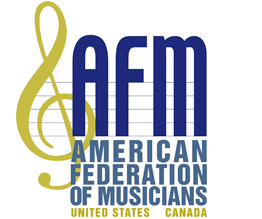In New York City, Democratic Socialist Zohran Mamdani was elected mayor, with over 50% of the three-way vote, following one of the highest NYC voter turnouts in recent memory. His election has been hailed as a victory for the left-leaning populous, an indication of the emerging power of young adults and ethnic minorities, and portending momentous positive change for life in the Big Apple.
Maybe. Winning a vote or an election is only the beginning of a long-haul struggle.
The people who voted Mamdani into office in anticipation of his promises of free public buses, affordable housing, city-owned grocery stores, a rent freeze, and raising the minimum wage to be paid for with increased taxation on the wealthy, must understand that his election alone will not automatically manifest those promises. Electing Mamdani is only the start. Mamdani cannot do it himself—there are many, many political, bureaucratic, and private agencies and stakeholders connected and affected by those promises that will resist a disruption of the status quo. The same popular movement—the people—that brought Mamdani to office must stay engaged and activated if they want any of their dreams to become a reality.
If they think voting on November 4 was enough and then go back to life-as-usual, nothing will change. One only has to look at Barack Obama’s presidency to see the disconnect between the euphoria following his election and the moribund societal and governmental status quo that followed for the next eight years. Change takes a steady and relentless push from a lot of people
The work of the people of New York City, therefore, has only just started, and the next several months will reveal if the people are up to the task.
Following his election as US President in 1932, organized labor approached Franklin Roosevelt and demanded significant labor law reform. Roosevelt recognized the need for reform, but told the labor leaders, “You must force us to do this, because unless you do, Congress will not act.” Taking up the challenge, workers delivered up two years of nationwide demonstrations, strikes, and work stoppages, ending with Congress adopting the 1935 Wagner Act, which guaranteed the right of workers to collectively bargain with their employers.
The same principle applies in our little piece of the universe. The members of a bargaining unit, like an orchestra or theater group, who fill out a contract survey and then totally leave it up to their five-person negotiating committee to wield some sort of magic at the negotiating table cannot expect the most desirable outcome. Their committee needs the active and engaged participation of all the musicians if the employer or management is to be persuaded to agree to their contract demands. I have personally witnessed the amazing results that are achieved by musicians who step out of their comfort zone and together stake out their position on the front lines—and who then discover themselves living in a new, expanded comfort zone: collective strength. Settling a contract negotiation is not the end of a process; it’s the beginning of the next contract campaign. Building strength, whether it’s physical strength, political strength, or labor strength, requires clear goals, planning, and steady incremental action—just like our work. Steady, smart practicing means we’re always ready for the next gig. Steady, smart preparation means we’re always ready for the next contract campaign
Read More

